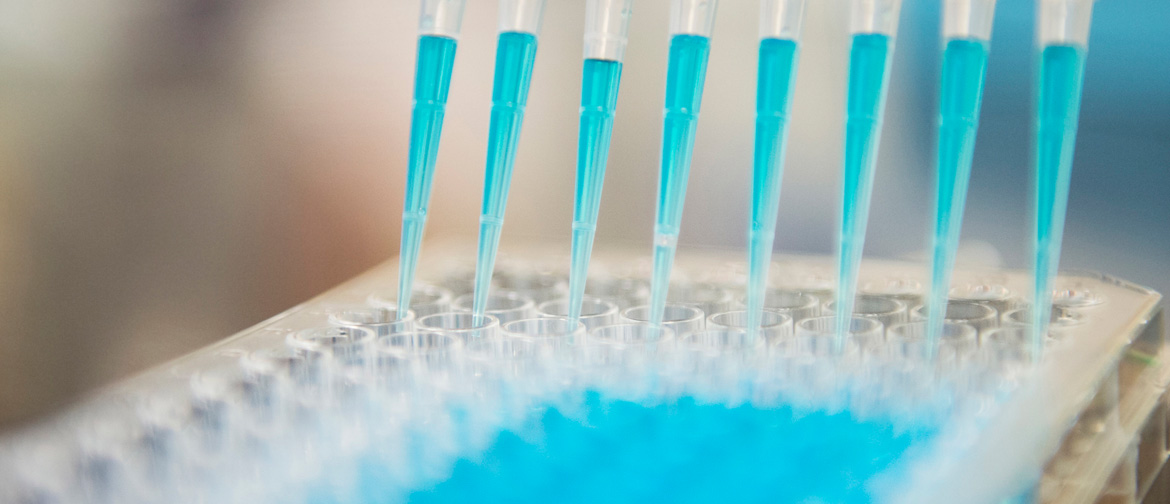Click here to view GEN Magazine, Cell and Gene Therapy Supplement
September 8th, 2020 - September 8, 2020 – Partner with NxGEN Vector Solutions to apply NxGEN Technology to your AAV vectors and eliminate the immune response that limits transgene durability. Learn more in the May issue of Genetic Engineering & Biotechnology News (GEN Magazine) on pages 10-11.


You must be logged in to post a comment.